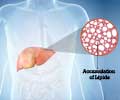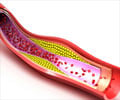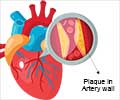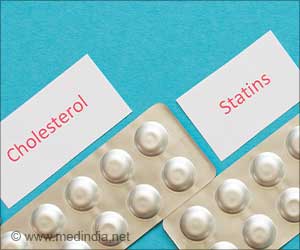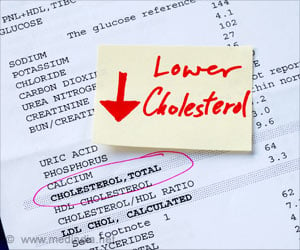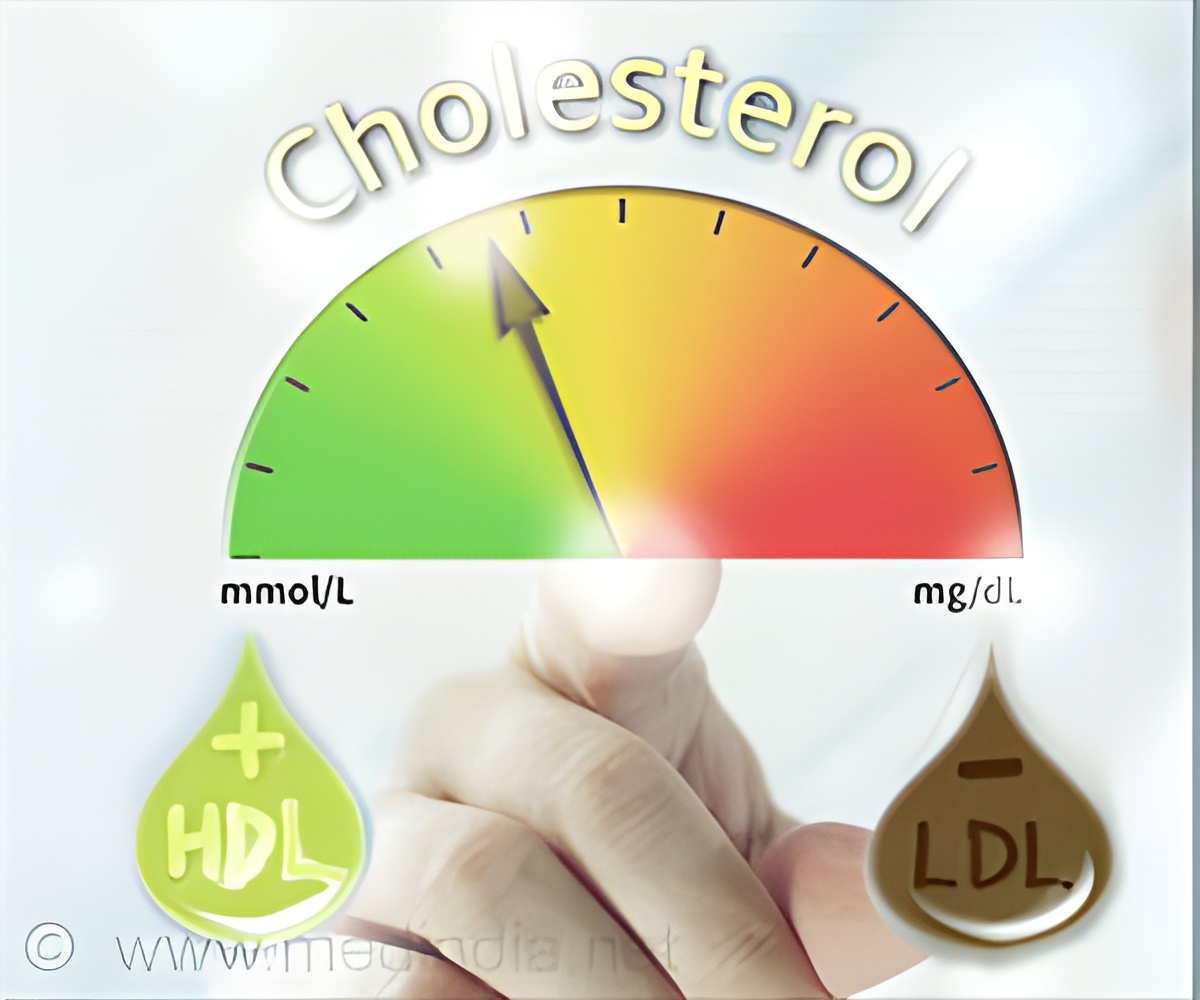
‘Doctors regularly warn their patients that having high levels of triglycerides, a major dietary fat, can increase the risk of heart disease, diabetes, obesity and fatty liver disease. There is considerable interest in finding novel ways to effectively regulate triglycerides in the blood to help manage these potentially life-threatening common conditions.’
Tweet it Now
Triglycerides also are part of the particles that transport cholesterol - high-density lipoproteins (HDL, or 'good cholesterol'), and low-density and very-low-density lipoproteins (LDL and VLDL, or 'bad cholesterols')," said co-corresponding author Dr. Ming Zhou, Ruth McLean Bowman Bowers Professor in Biochemistry in the Department of Biochemistry and Molecular Biology at Baylor. "Learning to regulate this enzyme can help regulate fat synthesis and potentially manage related conditions." Lie Wang, a graduate student in the Zhou lab, took the lead on this project. He applied cryo-electron microscopy, a technique that enables scientists to see how biomolecules move and interact as they perform their functions, to visualize the 3-D structure of DGAT1.
"This project was challenging because DGAT1 is embedded in biological membranes where it carries its function," Wang said. "We also developed an enzymatic assay, or test, to monitor the activity of DGAT1 in real time. Thanks to the integration of high-quality structure and precise functional studies we were able to unveil the structure of this important enzyme and gain novel insights into the mechanism of action."
DGAT1 is located in the membrane of the endoplasmic reticulum, a cellular structure engaged in the synthesis of proteins and lipids.
"It was exciting to discover that DGAT1 forms a large chamber inside the membrane, which was unexpected," Wang said. "This 'reaction chamber' isolates a space within the membrane where the enzymatic synthesis of triglycerides takes place."
Advertisement
This study not only reveals the structure and mode of action of a human enzyme that is essential for proper human metabolism, but it also enables researchers to explore the effects of molecules that interact with DGAT1 and potentially regulate its activity.
Advertisement


